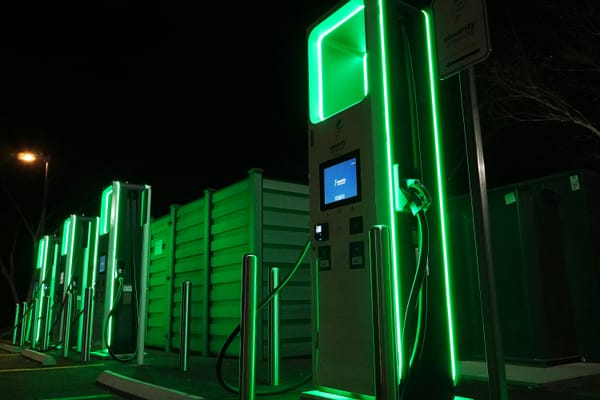AgriPower Shift — When Food Becomes Energy

I. The Silent Revolution Under Our Feet
For decades, agriculture was viewed as a consumer of energy.
Now, in 2025, it’s quietly becoming a producer.
Farms are transforming into micro-utilities — generating, storing, and managing their own energy.
The shift is structural, not symbolic:
- Agriculture contributes over 15% of global CO₂ emissions.
- Up to 30% of on-farm energy can already be replaced by local generation.
- Farmers are evolving into energy operators, integrating biogas, solar, and storage directly into their production loops.
Where there was diesel and dirt, there’s now data, battery storage, and carbon credits.

II. The New Industrial Stack
Neste (Finland) — Renewable Diesel Pioneer
Neste leads the world in renewable diesel made from biomass and waste oils.
It produces over three billion liters annually for clients like Lufthansa, DHL, and Shell.
Margins surpass fossil diesel due to feedstock control and carbon incentives.
Neste is effectively the refinery of the energy transition — transforming waste into motion.

Deere & Co (DE) — From Machinery to Intelligence
Deere is reinventing agriculture’s mechanical backbone.
It’s building electric tractors, autonomous harvesters, and precision farming systems powered by AI and LIDAR.
Every vehicle becomes a connected node — part data collector, part energy consumer.
Deere’s business model is evolving from selling machines to selling uptime, autonomy, and insight.

Tesla Powerwall & Solar Integration
Rural micro-grids are the next frontier.
Small and medium farms are pairing solar arrays + Powerwall storage + biogas generators to go off-grid.
This hybrid setup smooths demand peaks and reduces dependency on unstable grids.
The economics improve each quarter as carbon taxes rise and renewable CAPEX falls.

Plug Power & Ballard Power — The Hydrogen Layer
Hydrogen quietly completes the cycle.
Plug Power is piloting on-site hydrogen generation for farming operations across the U.S.
Ballard Power builds modular fuel-cell systems for heavy and off-grid machinery.
Together, they enable waste-to-power ecosystems that can turn agricultural byproducts into stored energy.

III. Why It’s Not “Eco” — It’s Infrastructure
The energy transition isn’t a sector anymore — it’s an operating system.
Agriculture is now one of its core modules.
Each farm can become an energy hub.
Each biofuel plant, a long-term infrastructure asset.
This isn’t about greenwashing; it’s about CAPEX, logistics, and sovereignty.
Energy and food are converging into a single resilient network — a new industrial layer beneath the global economy.

IV. The Investment Angle
This is an early-stage infrastructure play.
The convergence of food and energy systems creates a market that’s still underpriced and misunderstood.
Policy tailwinds — from the EU Green Deal to the U.S. Inflation Reduction Act — provide powerful structural incentives.
The next 5 years will be defined by how capital flows into these hybrid models.
The opportunity lies not in ESG optics, but in ownership of physical transition assets:
biofuel plants, electrified fleets, and distributed hydrogen systems.

V. The Doberman Thesis
“Energy and food are merging into one supply chain — the next trillion-dollar loop.”
Phase 1 (2025–2027) — Capital expansion in renewable diesel and biogas.
Phase 2 (2027–2032) — Electrification and hydrogen adoption in heavy agriculture.
Phase 3 (2030+) — Full integration: carbon credit monetization and on-farm power networks.
This is not an “energy revolution.”
It’s a slow, systemic rewrite of how civilization powers itself — from soil to circuit.
VI. The Edge
AgriPower is where the green transition becomes tangible.
It’s not hype — it’s hardware.
It’s tractors, tanks, and transformers quietly rewriting rural economies.
Investors who understand this convergence early aren’t betting on sustainability;
they’re buying the next backbone of energy logistics — before the market labels it as such.
Doberman Takeaway
Food is becoming fuel — and fuel is becoming food security.
AgriPower is the next infrastructure wave.
The decade ahead will be built not in the cities or the boardrooms,
but in the fields — powered by data, sunlight, and waste turned into value.
Doberman VC Intelligence Division
Research-driven analysis on markets, energy, and technology.
🔗 Subscribe to Doberman VC — daily signals and weekly intelligence.





